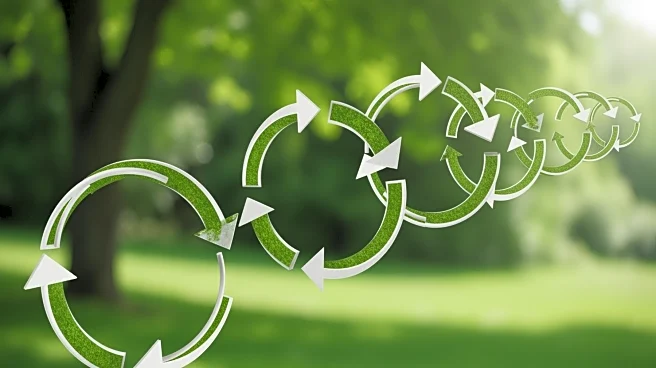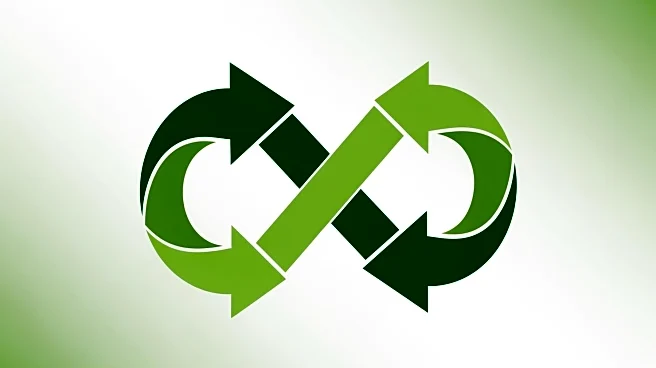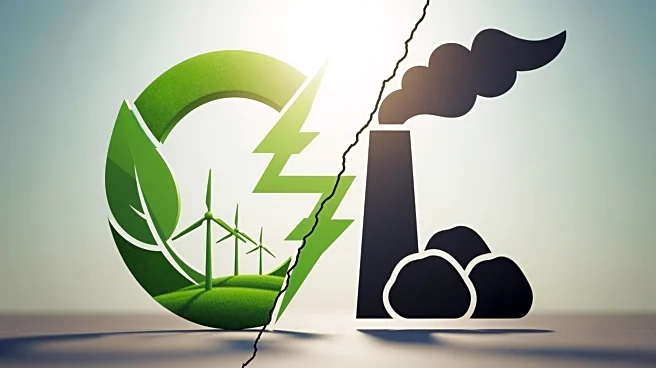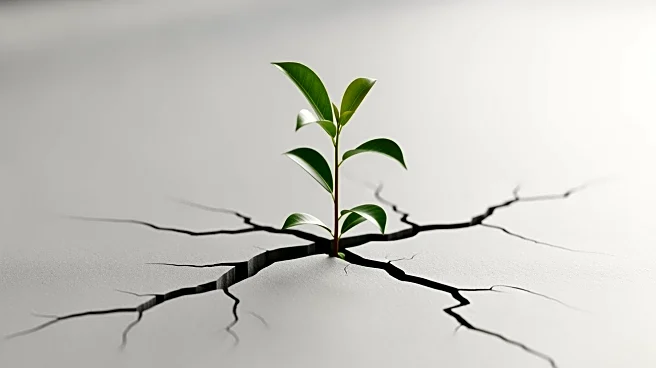What's Happening?
A report emphasizes the role of the circular economy in reducing carbon emissions across various sectors. The circular economy involves keeping products and materials in circulation through maintenance,
reuse, refurbishment, remanufacture, recycling, and regeneration. By decoupling economic activity from the consumption of finite resources, the circular economy can significantly impact carbon emissions. The report highlights examples such as the fashion industry, where buying second-hand jeans instead of new ones can reduce embodied carbon. Similarly, opting for minimal plastic packaging in food purchases can cut emissions associated with plastic production.
Why It's Important?
The circular economy presents a viable strategy for achieving emissions reduction targets without compromising quality or functionality. By reducing the need for new production, the circular economy decreases reliance on raw materials and critical resources, leading to lower industrial activity and transportation needs. This approach can contribute to a more sustainable economy and help mitigate climate change. The report suggests that building trust in the quality and reliability of circular products is crucial for widespread adoption.
What's Next?
As awareness of the circular economy grows, businesses and consumers may increasingly prioritize circular products and practices. This shift could drive innovation in product design and manufacturing, leading to more sustainable options. Policymakers may also consider supporting circular economy initiatives through regulations and incentives, further promoting sustainable practices.
Beyond the Headlines
The transition to a circular economy involves significant changes in consumer behavior and business practices. It requires overcoming challenges related to quality assurance and consumer trust. Standards of best practice, expert guidance, and independent certification can play a central role in increasing transparency and fostering trust in circular products.











